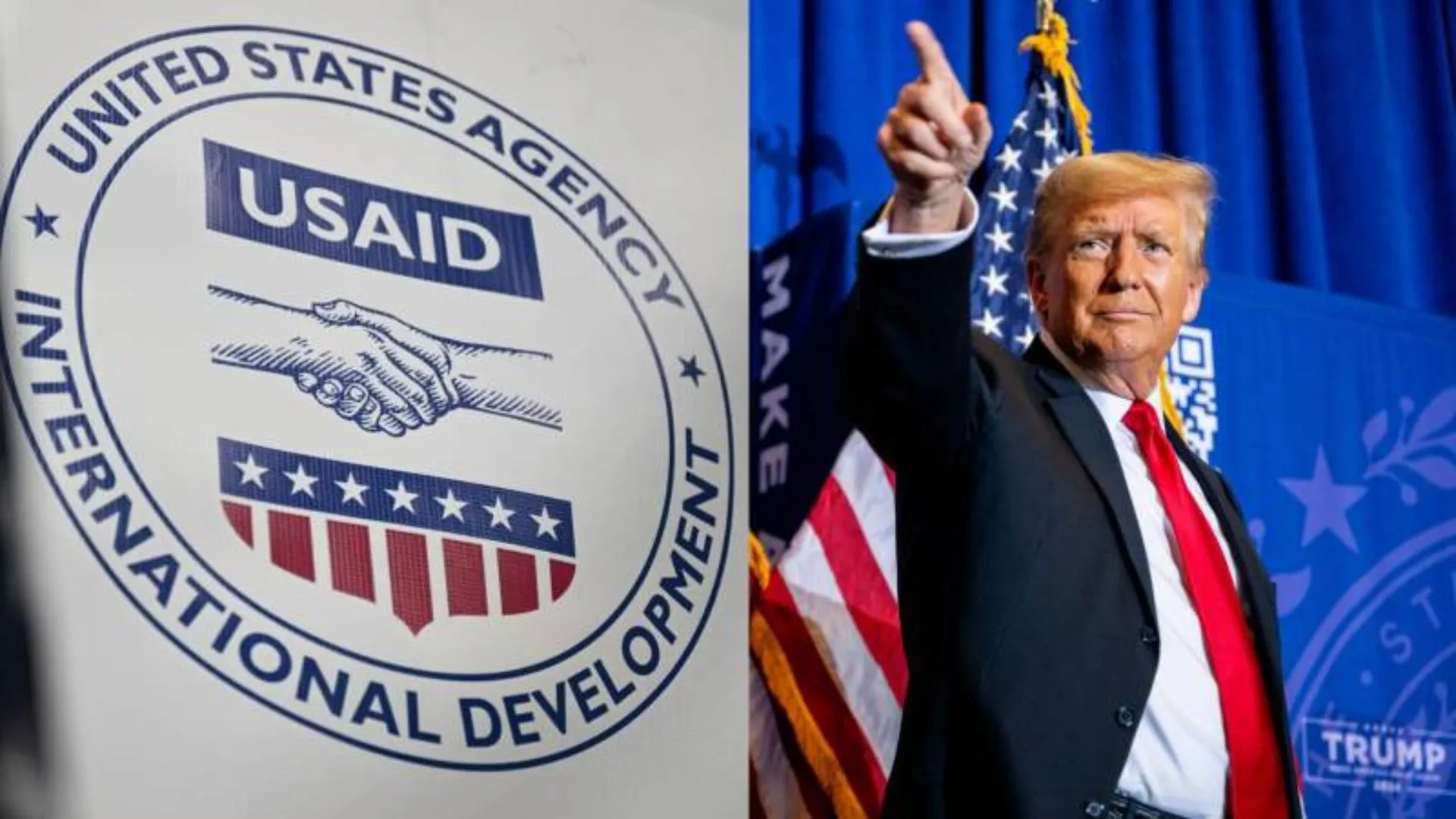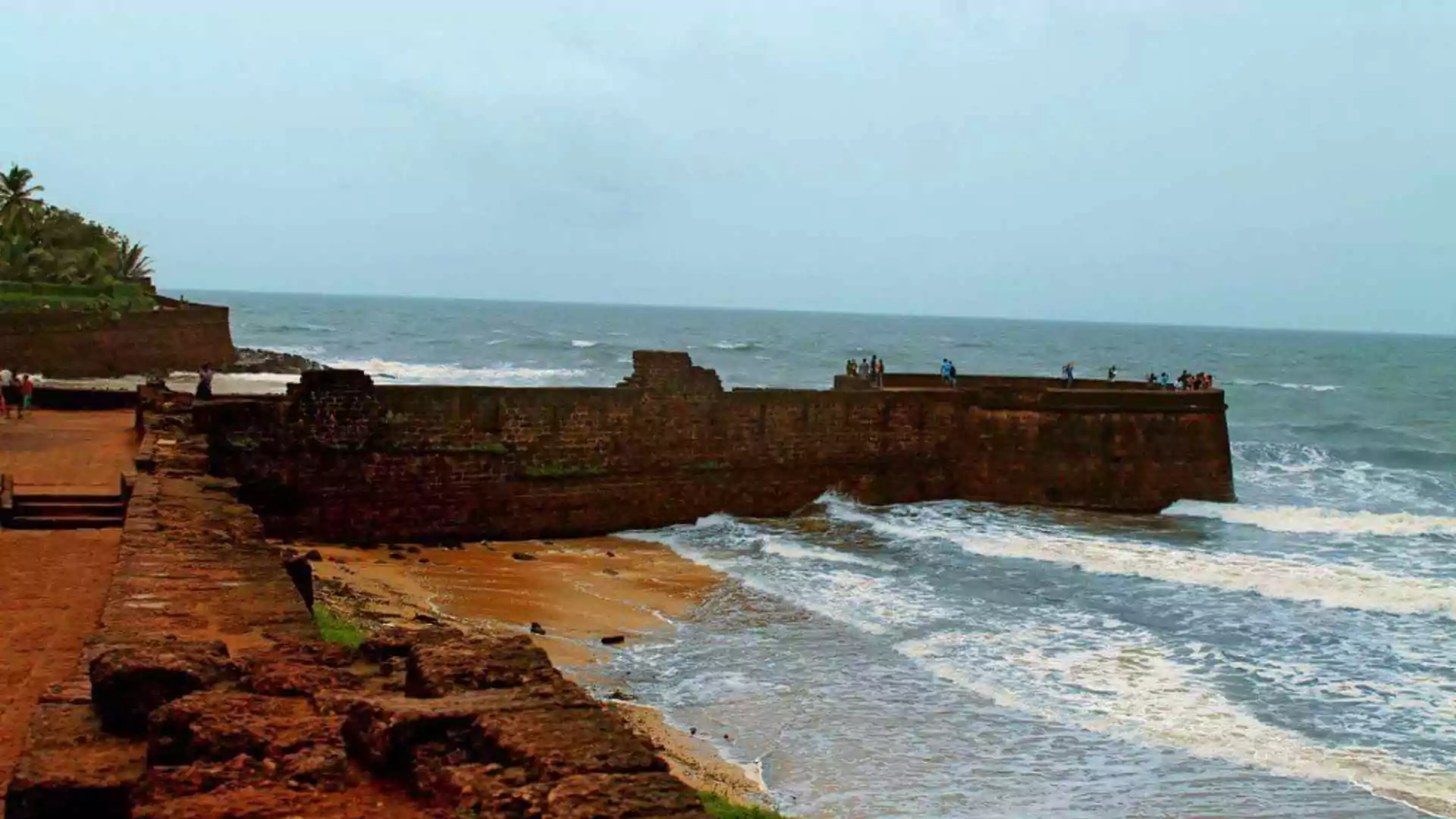As the scorching summer sun beats down relentlessly across the Indian subcontinent, the India Meteorological Department (IMD) has issued grave warnings of severe heatwave conditions persisting in multiple states. On Thursday, the IMD cautioned that Punjab, Haryana, Chandigarh, Delhi, Rajasthan, Uttar Pradesh, and Bihar would experience severe heatwave conditions until June 1, raising concerns over public health and safety.
पंजाब, हरियाणा-चंडीगढ़-दिल्ली, बिहार, झारखंड और ओडिशा के अलग-अलग स्थानों पर 1 जून, 2024 को उष्ण लहर के रहने की संभावना है।#heatwave #heatwavealert #weatherupdate@moesgoi @DDNewslive @ndmaindia @airnewsalerts pic.twitter.com/CrojMq7H3g
— India Meteorological Department (@Indiametdept) May 30, 2024
Additionally, the weather department predicted that Jharkhand and Odisha would also face heatwave conditions, with Jharkhand slated for May 30, gradually tapering thereafter.
Tragically, the sweltering temperatures have already claimed lives due to heat-related ailments. Reports of heatstroke-related fatalities emerged on Thursday, prompting urgent action from local authorities. In response, the Delhi government initiated measures to address potential health crises stemming from heat exhaustion and heatstroke.
The intensity of the heatwave showed no signs of relenting, particularly in Haryana and Punjab, where temperatures soared to alarming levels. Sirsa recorded a staggering 49.1 degrees Celsius, while Faridkot endured a blistering 48.3 degrees Celsius. The persistent heatwave has raised significant concerns for the well-being of residents in affected regions.
Deaths due to heatwave
The toll of the heatwave on public health has become increasingly evident. In Delhi, Health Minister Saurabh Bharadwaj announced directives for 26 government hospitals to reserve two beds each for heatstroke victims. Concurrently, Delhi Mayor Shelly Oberoi demanded reports from the Municipal Corporation of Delhi (MCD) departments to assess the heatwave situation and management in the national capital, following the tragic death of a 40-year-old man due to heat-related ailments.
Similarly, Bihar grappled with the repercussions of the heatwave, recording eight suspected heatstroke deaths amidst the scorching temperatures.
Madhya Pradesh also witnessed tragic incidents, with two children succumbing to heatstroke in Gwalior. The siblings, aged 12 and 14, reportedly fell ill after accompanying their mother and grandmother to get medicines. Their father, Rambabu Shakya, attributed their deaths to heatstroke, highlighting the dangers posed by extreme temperatures.
Also read: Rising Temperatures Lead to Increased Cardiovascular Risk: Health Experts Warn
The escalating heatwave conditions have also strained emergency services, with the Delhi Fire Service reporting a surge in fire-related calls, largely attributed to the prevailing heatwave. Moreover, Delhi residents faced additional challenges posed by a severe water crisis, exacerbating the hardships brought on by the relentless heat.
What is heatstroke?
As the nation grapples with the heatwave crisis, understanding the symptoms and risks of heatstroke becomes paramount. According to the Centers for Disease Control and Prevention (CDC), heatstroke occurs when the body’s temperature regulation mechanisms fail, leading to a rapid increase in body temperature. Symptoms such as high body temperature, altered mental state, nausea, and rapid breathing signify the onset of heatstroke, necessitating immediate medical attention.
As temperatures continue to soar, vigilance, preparedness, and timely interventions are crucial in mitigating the adverse effects of the ongoing heatwave across India.






















